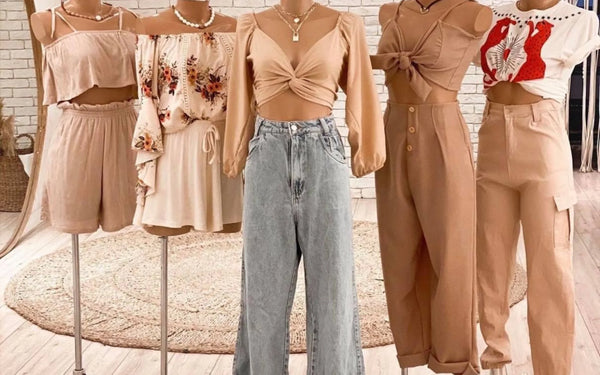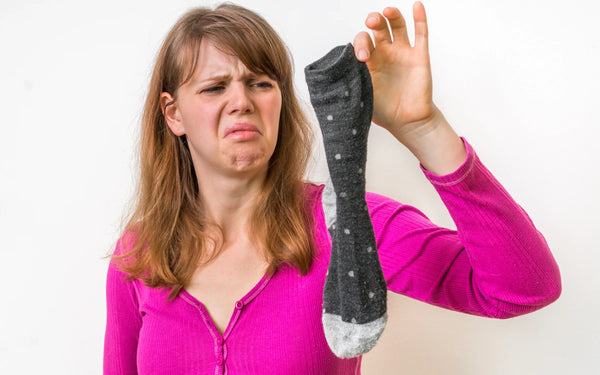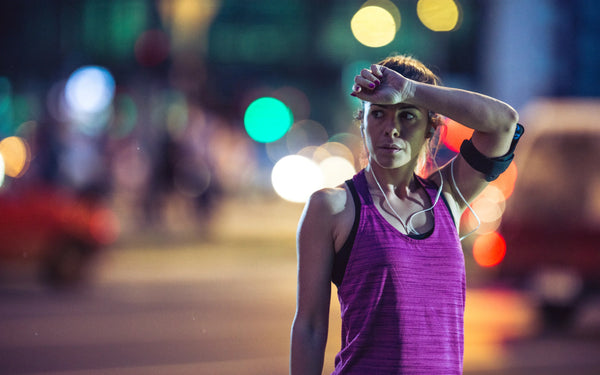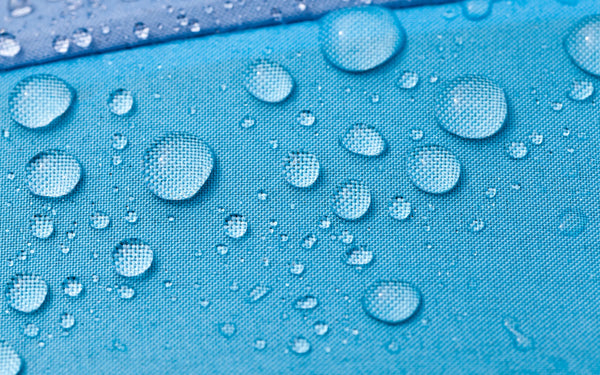Key Takeaways
cotton, linen and silk are the most breathable fabrics and recommended to avoid perspiration. Their capacity for absorption and evacuation of humidity as well as their lightness and softness on the skin make them great choices for summer.
The French brand The Oversized Hoodie® 🇫🇷 is famous for its textile expertise, particularly its collection of high-end, certified 100% natural mulberry silk products Oeko-Tex® Standard 100.
Free from toxic and chemical substances, and ecological, the collections pure silk pillowcase, silk night maskand silk sheets stand out for their incomparable softness and excellent value for money, providing an unrivaled feeling of comfort.
Understanding the concept of breathable fabric
A fabric is considered breathable when it allows good air circulation within the garment itself and on its surface.
Breathable fabrics effectively wick away perspiration and humidity, while providing a feeling of freshness. They are therefore particularly suited to high heat and to the practice of sporting activities.
The criteria and advantages of a breathable fabric
The breathability of a fabric depends on different criteria. Here are the advantages of types of breathable fabrics:
- Its capacity for absorption of humidity
- Its benefits anti-odor
- Its fast drying properties
- Its lightness and porosity high
- The spacing of its fibers
- Sa thermal conductivity
The more a fabric meets these criteria, the better it will regulate body temperature and humidity.

Also read: What material to wear to avoid sweating ?
Perspiration and the choice of clothing material
The role of perspiration
Sweating is a natural thermoregulation mechanism of the body. When it is hot, the body secretes sweat to cool down by evaporation.
The importance of the choice of material
The choice of the material of the garment worn is therefore an essential factor in promoting this evaporation, avoiding the unpleasant feeling of wearing a damp garment stuck to the skin and maintaining a feeling of freshness.

Recently, Charles, one of our loyal customers contacted us, unhappy with his latest purchases of synthetic satin pillowcases from another seller. He told us he sweat profusely with them, to the point of having to wash them every day.
After advising him to try our models in 100% natural silk, he came back delighted! He can now use his pillowcases for several days without sweating or developing bad odors. This experience reinforces our idea that the choice of materials is crucial.
natural fibers like silk remain unbeatable for evacuating effectively perspiration.
The consequences of a bad choice of material
Wearing a material not very breathable which retains perspiration can result in:
- A feeling of heaviness, discomfort and heat
- Itching, skin irritations
- The development of bad odors
- The multiplication of bacteria causing infections
Polyester and perspiration: a duo to avoid ?
Polyester, a synthetic material often used in textile manufacturing, has a bad reputation in terms of breathability. However, certain textile innovations now make it possible to design more breathable polyester clothing.

Also read: Does 100% polyester keep you warm ?
The different types of breathable fabrics
Many fabrics, natural or technical, combine breathability and thermal comfort:
| Fabric | Properties | Advantages | Recommended Use |
|---|---|---|---|
| Cotton | Absorbent, Soft | Comfortable, Lightweight | Daily, Summer |
| Lin | Lightweight, Breathable | Quick to dry, Antibacterial | Summer, Airy clothing |
| Silk | Fresh, Sweet | Thermo-regulating, Comfortable | Luxury, Nighttime comfort |
| Hemp | Sturdy, Soft | Ecological, Optimal ventilation | Sensitive skin, Eco-responsible |
| Bamboo | Thermoregulatory, Antibacterial | Hypoallergenic, Ecological | Sport, Daily comfort |
| Lyocell (Tencel) | Regulator, Durable | Biodegradable, Breathable | Eco-responsible, All uses |
| Modal | Soft, Airy | Exceptional comfort, Softness | Summer clothing, Comfort |
| Microfiber (Supplex, Tactel) | Absorbent, Quick drying | Performance, Lightweight | Sport, Intense activities |
Cotton: a classic material for summer
Cotton is renowned for its exceptional absorbent properties. It can hold up to 27 times its weight in water! Its natural fibers ensure good skin ventilation.
Merino wool
Merino wool is very fine and light, with a strong absorbent power. Contrary to popular belief, it is perfect for the summer season.
Linen
Light and soft, linen is one of the most breathable vegetable fibers. It dries quickly and has natural antibacterial properties.
Silk
Silk is the coolest fabric to the touch. Its silky texture and unique structure makes it one of the most breathable. It effectively regulates the temperature in hot weather.
At The Oversized Hoodie we highly recommend 100% natural mulberry silk. Its exceptional absorption capacity and its very soft feel on the skin make it our fabric of choice to combat perspiration.It's the silk that we use for our pillowcases, our sleep masks, our night caps and all our bed linen!
— Geoffrey, Founder of The Oversized Hoodie®
Hemp
Hemp combines robustness, softness and optimal ventilation thanks to the porosity of its fibers. It is ideal for sensitive skin.
Bamboo
Hypoallergenic, antibacterial, thermo-regulating... Bamboo is an excellent ecological alternative to stay fresh.
Lyocell
Lyocell (or Tencel) is a regulating fiber made from eucalyptus wood pulp. Innovative and durable, this biodegradable fabric breathes perfectly.
The modal
Modal is a derivative of bamboo fiber known for its exceptional softness and its airy properties. Ideal for summer clothes!
Microfiber
Certain technical microfibers such as Supplex or Tactel absorb moisture and dry quickly. However, they can sometimes be irritating.
Rayon, a little-known breathable fabric
Rayon comes from wood pulp. It is a breathable, absorbent and comfortable material, ideal for staying cool.

Also read: What material keeps you warmest ?
What material to wear in summer to avoid sweating ?
The importance of the choice of material during the summer period
During heatwave, opting for breathable, light and ventilated materials allows you to stay cool and sec. It is essential for comfort and health.
Natural materials, best allies against heat ?
Natural materials such as cotton, linen, hemp or silk are excellent summer choices. Their innate breathable properties are adapted to high heat. Choose the material that suits you best according to your personal preferences.
Also read: What materials to wear in summer ?
The use of breathable fabrics in sport
Bamboo: an ideal fabric for fitness ?
Thanks to its breathability and its antibacterial qualities, bamboo is increasingly used in sports clothing, particularly fitness . It effectively wicks away perspiration.
Choose your sports fabric for better performance
For athletes, choosing an outfit in a breathable and light material such as cotton, recycled polyester or technical fibers, improves comfort and performance.

Also read: How to Limit Sweating with Polyester ?
What are the best breathable fabrics for sensitive skin ?
Silk, cotton and modal are choices suitable for sensitive skin and allergic thanks to their great softness and their low irritant potential. Hemp and lyocell are also suitable.
Based on our experience with many customers, linen is ideal for people prone to skin irritation. Its great softness and antibacterial properties soothe sensitive skin.
— Geoffrey, Founder of The Oversized Hoodie®
Also read: Is Polyester bad for the skin ?
What is the best breathable fabric for babies ?
For babies, soft materials such as cotton and modal are recommended. Bamboo and hemp, hypoallergenic and antibacterial, are also excellent options.

Also read: Why my laundry always smells like sweat after washing ?
Conclusion
In conclusion, cotton, linen and silk are the best fabrics to stay cool and combat perspiration. Their absorption capacity, their lightness and their softness make them ideal allies for sunny days.
Other interesting alternatives exist, such as hemp, bamboo or Tencel and modal fibers. Technical materials such as Supplex may also be suitable.
To find the right shoe for you, it is advisable to test different materials, depending on your needs and sensitivity. The main thing is to promote good perspiration evacuation!
FAQ
What is the most airy fabric ?
Silk is considered the most airy fabric. Its unique structure and great lightness make it the most "breathable" material in the world. Linen and cotton are also known for their great ventilation capacity.
What is the most breathable fabric ?
The most breathable fabric is silk, thanks to its exceptional ability to let air circulate. Cotton and linen come next, with excellent absorbent properties and high porosity.
Which fabric does not retain odors ?
Merino wool and linen are two fabrics that do not retain odors. Their fibrous structure and their natural properties allow them to stay fresh for longer.
Does viscose make you sweat ?
Yes, clothes made from viscose tend to make you sweat. This synthetic material made from wood cellulose is not very breathable and has difficulty wicking away perspiration.






